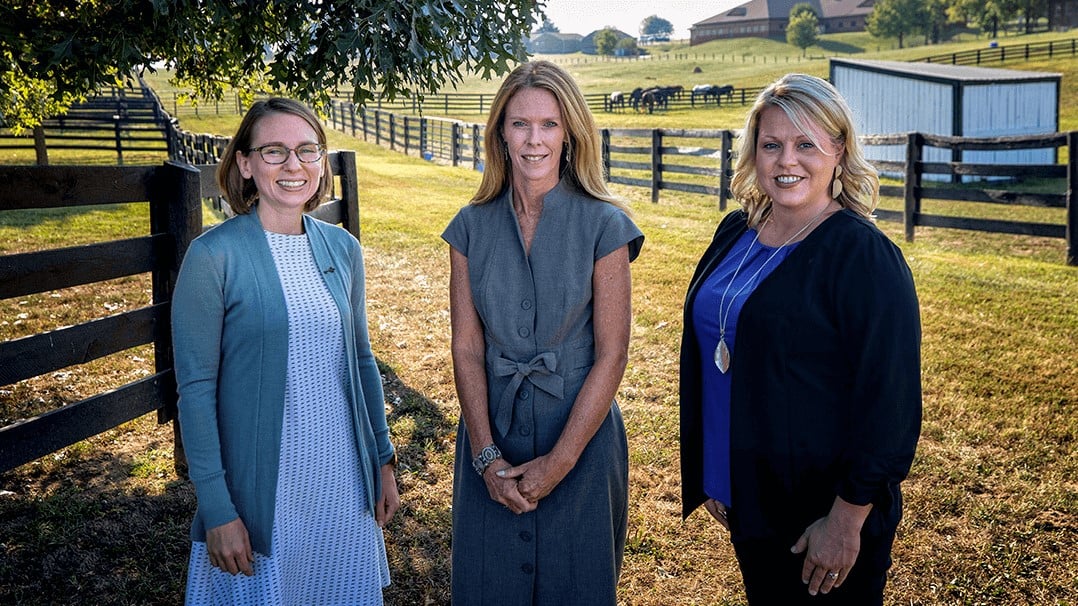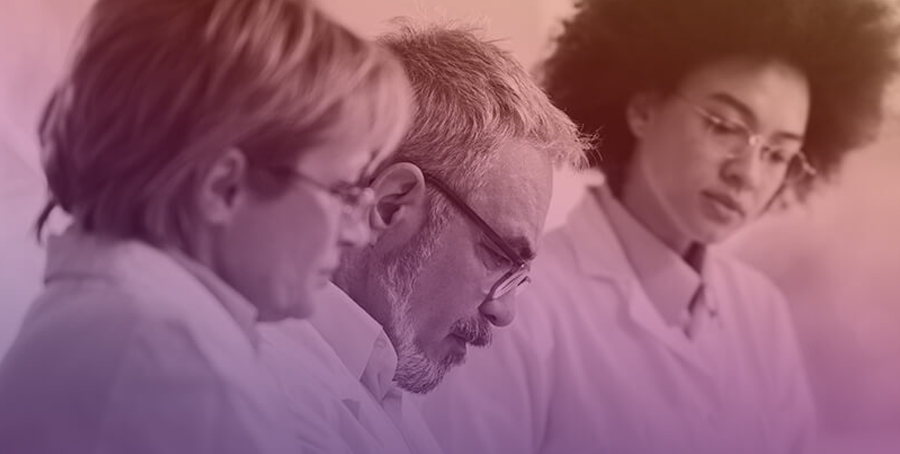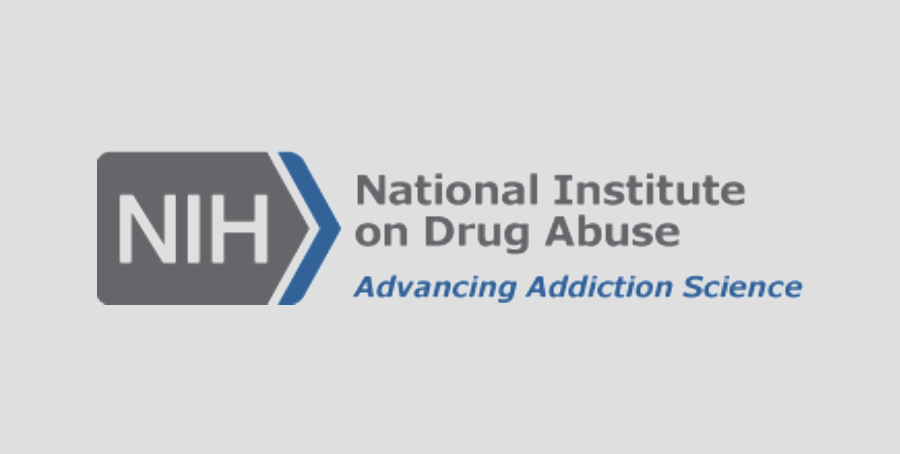For those with opioid use disorder (OUD), the first days after leaving jail are a time of extremely high risk.1 To learn how to better prevent relapse and overdose, researchers are testing ways to connect inmates with community-based treatment and support services for OUD before they are released.
That’s the goal of the Women’s Justice Community Opioid Innovation Network (WJCOIN), a new research project supported by the Helping to End Addiction Long-term® Initiative, or the NIH HEAL Initiative®. WJCOIN is testing a videoconference-based telehealth solution to expand evidence-based practices for treating addiction into the justice system and help respond to the opioid crisis. This telehealth approach is part of the HEAL Initiative’s focus on translating research to practice, seeking to understand what works best for real women in real-world settings.
The project is part of the Justice Community Opioid Innovation Network (JCOIN), which has awarded 12 grants to investigators working in 18 states and Puerto Rico to test strategies to expand effective treatment for people with OUD in partnership with local and state justice systems and community-based treatment providers.
Women’s Justice Community Opioid Innovation Network
“Each JCOIN Clinical Research Center has its own research project, focusing on a different part of the problem of opioid misuse and OUD in the context of the criminal justice system,” explained Michele Staton, Ph.D., associate professor in the University of Kentucky Department of Behavioral Science and a faculty associate of the university’s Center on Drug and Alcohol Research.
Staton is the principal investigator for the WJCOIN project, the only JCOIN site to focus exclusively on women. The study is set in Kentucky and includes three sites in rural Appalachia—the epicenter of the opioid crisis.
Developing a solution for a high-need population
Misuse of prescription drugs and use of illicit opioids often lead to criminal justice consequences. In Kentucky, a 2018 State Police report stated that about 1 in 4 arrests in the state were for opioid-related offenses.2 It is estimated that one half of people in the nation’s jails and prisons have a substance use disorder, but few receive appropriate treatment.3 The number of justice-involved people who need treatment for OUD is a significant public health concern, not only in Kentucky but across the nation.4
“Justice-involved populations are disproportionately affected by opioid use disorder,” wrote Nora Volkow, M.D., NIDA director. “JCOIN will help develop effective intervention and treatment strategies for this crucial setting…to prevent relapse and opioid overdose, which often occurs as they transition back into their communities.”
Women in particular face high barriers to starting treatment and continuing with treatment upon their release from jail or prison.
“Most studies of OUD treatment in the context of justice settings have focused on men because they typically far outnumber women, but women have unique vulnerabilities, such as histories of abuse and trauma, associated with opioid misuse,” Staton explained. “The opioid overdose rate is actually growing faster in recent years among women compared to men.”
Helping women make the transition back home
Staton’s research focuses on finding new ways to help people who have substance use disorders in nontraditional venues, such as jails.
The five-year WJCOIN study aims to enroll 900 incarcerated women with OUD at nine jail sites who are within 30 days of being released. The researchers will test whether using telehealth to link incarcerated women with community treatment providers and trained peer navigators can help them access and remain in treatment once they return to their communities. Peer navigators are women in recovery who work for Voices of Hope, a nonprofit recovery-support group based in the area.
“The peer navigators will assess each woman’s barriers to treatment, identify community resources to overcome those barriers, and help women access those resources,” Staton said. The navigators will also provide other recovery support during the stressful time of community reentry.
The 900 study participants will be sorted into three groups. Two of the groups will receive one of the interventions – videoconference only or videoconference plus peer navigators' services – and the third group, the control, will receive the standard substance use treatment services offered by the Kentucky Department of Corrections. These standard treatment services include participation in a modified therapeutic community and access to medication-based treatment prior to release.
The study team will track the women for a year after release from jail to see how many start medication-based treatment and stay in recovery, and how many return to jail.
Staton also plans to evaluate the roles community and family play in recovery.
“Social networks are very tight-knit in rural communities,” Staton said. “Sometimes these networks can be a path to recovery, but sometimes they lead right back to drug use and criminal activity.”
 U.S. Department of Health & Human Services
U.S. Department of Health & Human Services




